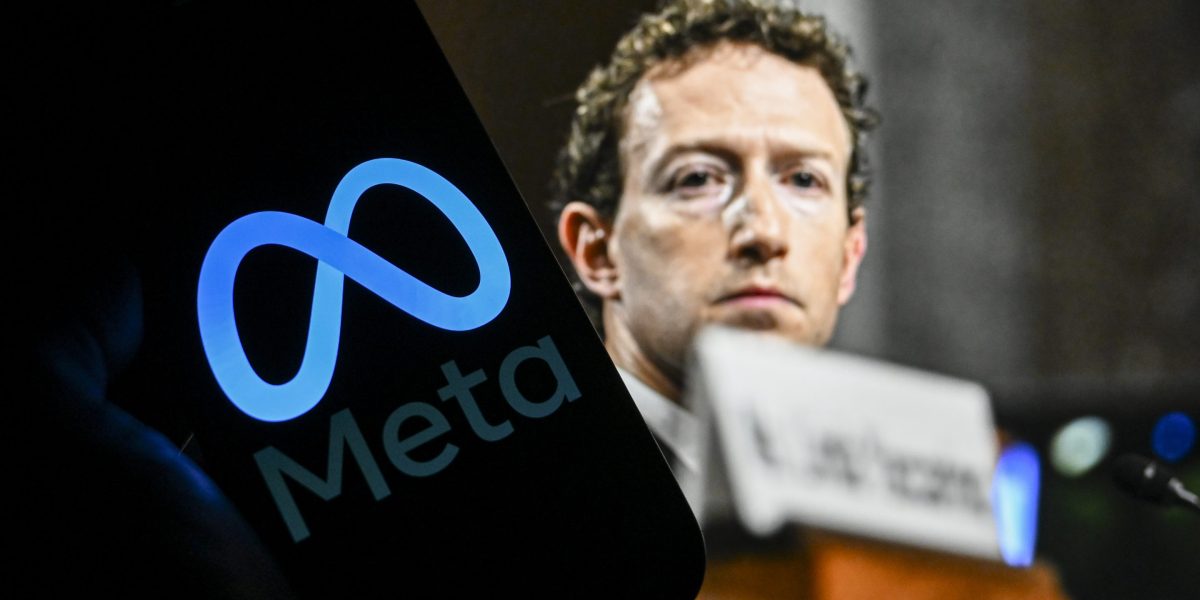What we now describe as “The Greatest Generation” is remembered for living through the Second World War, but forgotten is that they also endured another war—one that saw the first battle between competing mediums.
The “Press-Radio War” of the 1930s began as newspaper publishers sought to maintain their dominance of the news market, and even launched political, economic and legal campaigns to prevent news from being broadcast on radio. The relationship between the older print media and the new medium of radio was far from friendly, but the effectiveness and reliability of broadcast journalism were confirmed by the coverage during the Second World War.
After the war, television was seen as the bastard child of radio news and the film newsreel, and it was almost immediately disowned by those in the news business as superficial, trivial, and incomplete, noted Joe Saltzman for Journalism History. It took until 1963, when President John F. Kennedy was assassinated that television truly came into its own. More recently, TV was able to capture the tragic moments of 9/11 in real time.
All of the “traditional media” has been slowly displaced by the new “online” media, and that now includes social media—which is where upwards of half of Americans now get their news. Newspapers, magazines, radio, and television alike have had to embrace new media, and that includes the social media component.
Yet, is enough being done?
“It’s been true for a while now that social media continues to grow as a channel for news consumption. News media doesn’t just need to tailor stories for social media audiences, they should have different strategies for different platforms. News consumption on TikTok looks different than it does on Reddit or Facebook,” explained Dr. Cliff Lampe, professor of information and associate dean for Academic Affairs in the School of Information at the University of Michigan.
Moreover, a lot of news organizations are moving online to address the needs of their readership.
“It certainly is a case of ‘if you can’t beat them, join them,'” added Dr. Julianna Kirschner, lecturer in the Annenberg School for Communication and Journalism at the University of Southern California. “More people seek news content on social media, so many news outlets have started to adapt to this changing world of information sharing. For those that haven’t adapted yet, they should consider it.”
It Can’t Be More Of The Same
In many ways, radio attempted to mimic newspaper reporting, but it was TV that slowly found that stories could be presented to cater both to the medium and to the audience. That has remained true in the age of cable news, where content has been directed at different demographics.
We should expect more changes to come, especially in how news is consumed.
“Different audiences need unique approaches,” suggested Kirschner. “Younger news consumers will be most perceptive of news content tailored to social media platforms. Adapting content for this context might better reach these readers where they are. For this audience, short-form videos and brief news overviews would be a couple of possibilities, alongside longer delivery formats.”
The older generations may not be so easily swayed at first.
“However, as older generations consume more content on social media platforms, they will likely come around to short-form news over time with more exposure on these platforms,” Kirschner continued.
“Some of the adjustments that need to happen are form-based—for example, short-form video use, or social media friendly ledes,” said Lampe. “Some of the changes will have to be practice-based. Stories are now much more ‘alive’ in social media than they were in the broadcast era.”
The role of reporters may also evolve, and that could include far greater engagement with the audience.
“It’s not that every reporter needs to be in the comment section of the articles they have, but a strategy for the post-publication life of stories can be important,” noted Lampe.
Politics Aside—Maybe Not
Though cable news has been tailored largely on political lines, social media may be even more split into political camps.
“We are in politically divisive times. When taken on their own, social media already make consuming a balanced view of news challenging, especially if these platforms are the only source of news for some users,” said Kirschner. “Social media platforms are more interested in viewership and engagement, so they will prioritize news content that already supports users’ respective viewpoints.”
Likewise, content including positions to which users disagree will be shuffled further to the bottom of users’ feeds.
“The only exception to this is rage bait, which includes news or opinion pieces framed to increase outrage,” warned Kirschner. “This content prompts users to reinforce their beliefs when faced with differing perspectives. Social media platforms will promote and increase access to consensus-based news content and rage bait. However, a balanced view isn’t possible in such spaces, because such content doesn’t keep eyes on screens. Therefore, censorship through algorithmic sorting has and will continue to increase.”
Social Can’t Be Ignored
There has been the danger that Facebook, TikTok, X, etc. could be dismissed as fads. However, many old-school newspaper reporters likely believed the same of radio and then TV—and of course, few thought this Internet thing would catch on!
Traditional news outlets need to be onboard.
“There is still a lingering belief in news media that social media will eventually go away, and they just have to outlast the moment. Social media will certainly evolve, but it’s now a mature set of platforms that they should embrace,” said Lampe. “What I hope doesn’t change is the commitment to quality content.”











